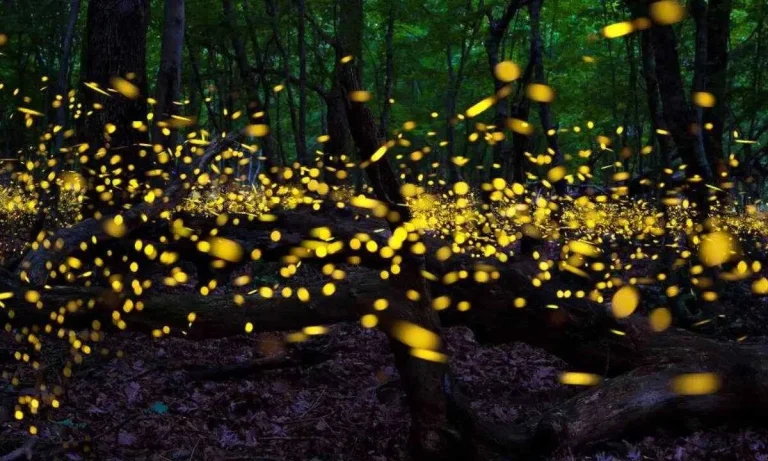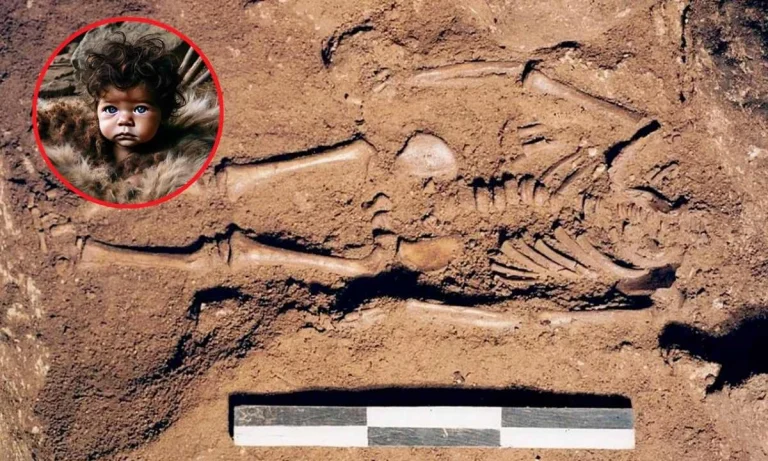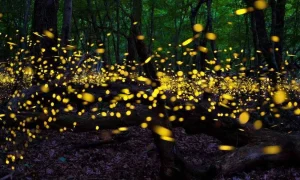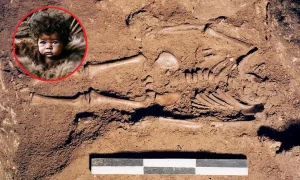Billions of insects hidden underground for nearly two decades are about to make a return into the daylight. This isn’t a scene from a science fiction movie, but a real natural event that will happen in the United States in 2024. After spending 13 to 17 years in solitude beneath the surface, two broods of cicadas will appear in late April or early May. This marks a rare occurrence not witnessed for 221 years! These noisy insects are ready to emerge and will impact 17 US states.
This emergence triggers questions about the mysteries of life cycles and the effects of such a massive insect invasion. Let’s dive in and uncover the details of this event that stands to affect 17 US states.
The Cicadas Are Coming
This year’s cicada emergence is uniquely rare, fueled by the simultaneous arrival of Brood XIII and Brood XIX. Brood XIII operates on a 17-year cycle and Brood XIX on a 13-year cycle. The last time the cicadas emerged together above ground was in 1803. Never in the past 221 years have these patterns aligned in such a way. The scientific and environmental significance bloom from this synchronization, causing both wonder and concern.
Their emergence is bound to happen when the local ground temperatures reach near 64°F. This is a perfect environment for cicadas to break free from their underground youth. Their life above ground is brief, yet their impact during this brief period is profound.
Mapping the Invasion: What US States Will Cicadas Invade in 2024?
As we brace for the emergence, the map of the soon-to-be cicada-dominant areas highlights 17 U.S. states in the spotlight. They will span the map in locations where previous generations have laid their eggs decades earlier.
Brood XIX will emerge from Alabama, Arkansas, Georgia, Illinois, Indiana, Kentucky, Louisiana, Missouri, Mississippi, North Carolina, Oklahoma, South Carolina, Tennessee and Virginia states.
Brood XIII is set to appear in Iowa, Illinois, Indiana, Wisconsin, and possibly Michigan, the Cicada Mania counted.
However, not every corner of these states will experience the sheer volume of the cicadas. They may spread in clusters, in line with their traditional paths.

The Impact of Cicadas on Ecosystems and Human Communities
Cicadas play a crucial role in the dynamics of local ecosystems. They provide a feast for predators, contribute to the nutrient cycle for plants, and even help aerate the soil with their underground tunnels.
This invasion, although disruptive in some ways, highlights the ecological balance.

How to prepare for the Cicada Invasion?
The upcoming noise from them may cause disruptions. Male Cicadas make a noise to attract females and they emit a noise of around 90-107 decibels. Despite common fears, cicadas are harmless – they don’t bite or sting and are not a direct threat to humans or pets. Since Cicadas are not dangerous, the Environmental Protection Agency recommends not using pesticides to keep them away.
Community readiness involves education to combat myths and a bit of tolerance for the explosive noise levels that accompany the insects.
Conclusion
We are upon a threshold of a natural marvel that prompts a collective pause and marvels at the wonders of nature. The cicada emergence isn’t just an oddity in a scientist’s notebook but an open invitation for communal learning and environmental engagement. It serves as a vivid reminder of our responsibility to respect and protect the cycles that sustain our environment.
Also read,











